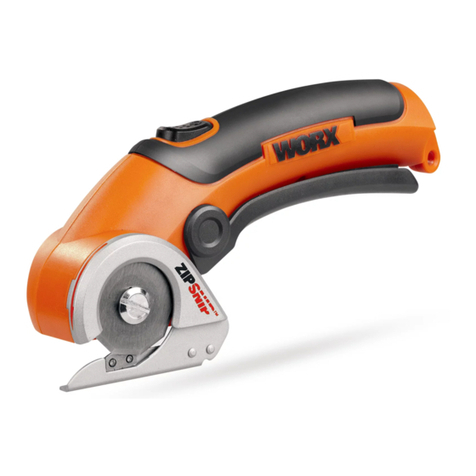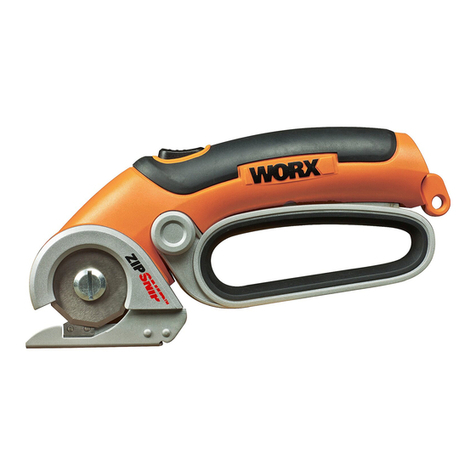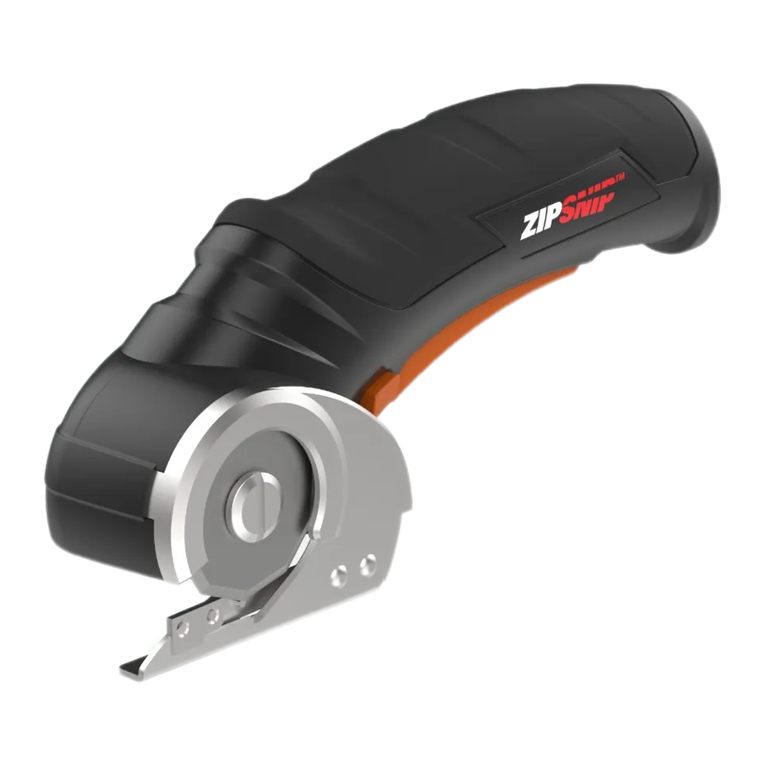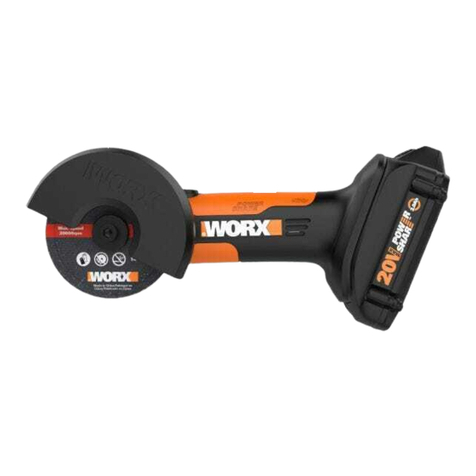
8
EN
are less likely to bind and are easier to control.
g) Use the power tool, accessories and tool bits
etc. in accordance with these instructions,
taking into accountthe working conditions
and the work to be performed
. Use of the power
tool for operations different from those intended
could result in a hazardous situation.
h) Keep handles and grasping surfaces dry,
clean and free from oil and grease.
Slippery
handles and grasping surfaces do not allow for
safe handling and control of the tool in unexpected
situations.
5) Battery tool use and care
a) Recharge only withthe chargerspecifiedby
the manufacturer.
A charger that is suitable for
one type of battery pack may create a risk of fire
when used with another battery pack.
b) Use power tools only with specifically
designated battery packs.
Use of any other
battery packs may create a risk of injury and fire.
c) When battery pack is not in use, keep it away
from other metal objects, like paper clips,
coins,
keys, nails, screws or other small metal
objects, that can make a connection from one
terminal to another. Shorting the battery terminals
together may cause burns or a fire
.
d) Under abusive conditions, liquid may be
ejected from the battery; avoid contact. If
contact accidentally occurs,flush with water.
If liquid contacts eyes, additionally seek
medicalhelp.
Liquid ejected from the battery may
cause irritation or burns.
e) Do not use a battery pack or tool that is
damaged or modified.
Damaged or modified
batteries may exhibit unpredictable behaviour
resulting in fire, explosion or risk of injury.
f) Do not expose a battery pack or tool to fire
orexcessive temperature.
Exposure to fire or
temperature above 130 °C may cause explosion.
g) Followall charginginstructions and
do not charge the battery pack or tool
outsidethe temperature rangespecified
in the instructions.
Charging improperly or at
temperatures outside the specified range may
damage the battery and increase the risk of fire.
6) Service
a) Have your power tool serviced by a
qualifiedrepair personusing onlyidentical
replacementparts.
This will ensure that the
safety of the power tool is maintained.
b) Never service damaged battery packs.
Service
of battery packs should only be performed by the
manufacturer or authorized service providers.
SAFETY WARNINGS FOR BATTERY PACK
a) Do not dismantle, open or shred cells or battery
pack.
b) Do not short-circuit a battery pack. Do not store
































